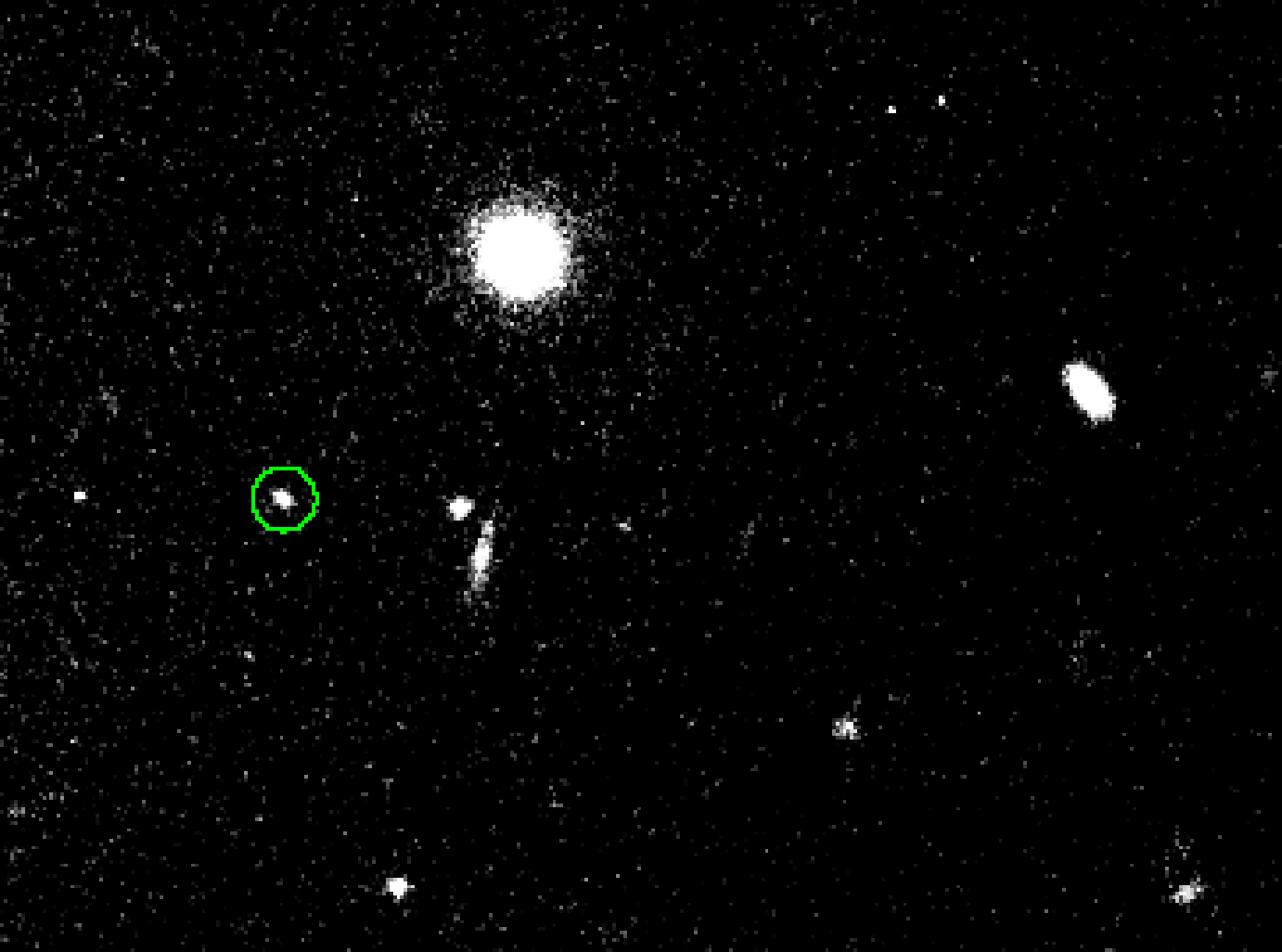Jupiter's Smallest Known Moon Unveiled

Astronomers have pinned down details of Jupiter's smallest known moon, a tiny space rock barely a mile across.
The moon, known as S/2010 J 2, was discovered in September 2010 along with a fellow shrimpy satellite called S/2010 J 1. S/2010 J 2 has a diameter of about 1.2 miles (2 kilometers), while S/2010 J 1 is about 1.8 miles (3 km) wide, researchers said. Their discovery brought the number of documented Jovian moons to 67.
Scientists have kept observing the two satellites in the time since their initial detection, and a new study reveals key information about the moons and their orbits.
For example, S/2010 J 1 is now known to circle Jupiter at an average distance of 14.57 million miles (23.45 million km), taking 2.02 years to complete a lap around the solar system's largest planet. S/2010 J 2 takes 1.69 years to zip around Jupiter, and its average distance is 13.06 million miles (21.01 million km).
The new observations also confirm the diminuituve dimensions of the two satellites, which researchers determined based on their brightness.
"It was exciting to realize that this [S/2010 J 2] is the smallest moon in the solar system that was discovered and tracked from Earth," said co-author Mark Alexandersen, of the University of British Columbia, in a statement.
Jupiter is surrounded by a veritable cloud of moons, with about 50 primary moons that have official names and at least 14 smaller provisional moons that are known only by their number, according to a NASA description.
Sign up for the Live Science daily newsletter now
Get the world’s most fascinating discoveries delivered straight to your inbox.
Scientists group the smaller, irregular satellites of giant planets such as Jupiter and Saturn in families with similar orbits and colors. These various families are believed to have formed when comets or asteroids smashed into larger moons long ago.
S/2010 J 1 appears to belong to the Carme family, while S/2010 J 2 is likely a member of the Ananke group, researchers said.
Jupiter's moons are a very diverse group, ranging from the tiny, irregularly shaped S/2010 J 1 and S/2010 J 2 to the huge Galilean satellites Io, Europa, Callisto and Ganymede. With a diameter of 3,273 miles (5,268 km), Ganymede is the biggest moon in the solar system; it's larger than the planet Mercury.
The new study, which details the discovery and tracking of S/2010 J 1 and S/2010 J 2, will appear this summer in The Astronomical Journal.
This story was provided by SPACE.com, a sister site to LiveScience. Follow SPACE.com on Twitter @Spacedotcom. We're also on Facebook and Google+.











